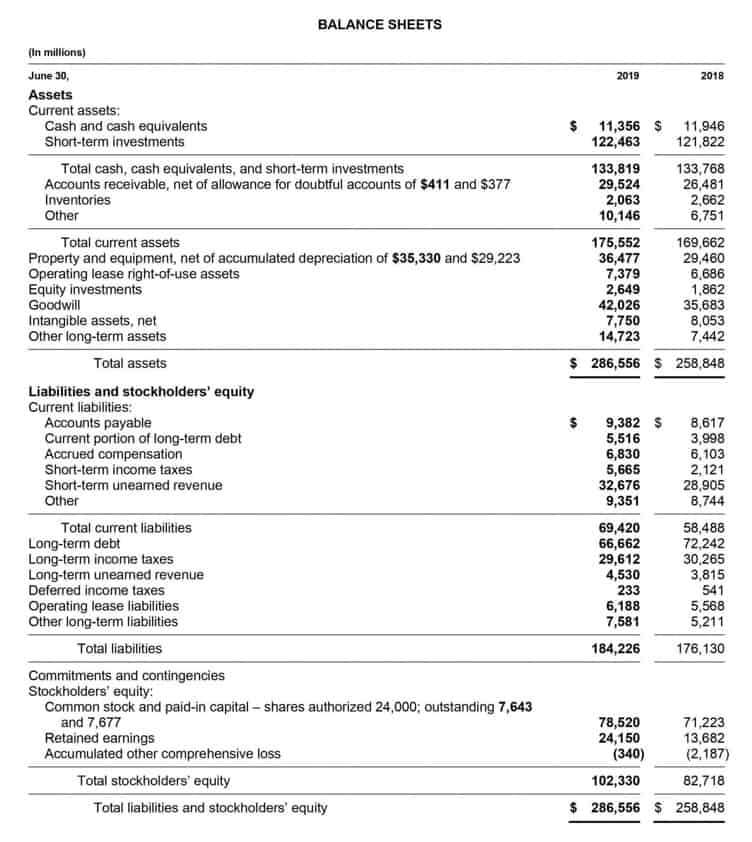
To make a journal entry, you enter the details of a transaction into your company’s books. In the second step of the accounting cycle, your journal entries get put into the general ledger. Cost accounting method is another method that retail stores can use, but it’s slightly different from retail accounting and has its own advantages. While retail accounting tracks inventory based on sales price, cost accounting tracks each item based on its total acquisition cost.
Bench integrates with your favorite small business tools
This is posted to the Cash T-account on the credit side. You will notice that the transactions from January 3, January 9, and January 12 are listed already in this T-account. The next transaction figure of $100 is added directly below the January 12 record on the credit side. A grocery store refers to a retail trade in which the sale of food products is carried out directly to the consumer to meet personal needs. Bookkeeping in a local grocery store can be a challenging task at times. Sales in the store, which is a stationary outlet, are processed by issuing a cash receipt for the purchase, reflecting the purchase amount.
How to Record Inventory Journal Entries

Think of “posting” as “summarizing”—the general ledger is simply a summary of all your journal entries. An asset is physical or non-physical property that adds value to your business. As you know by now, debits and credits impact each type of account differently. Assets are increased by debits and decreased by credits.
We do your bookkeeping
And, we will record withdrawals by debiting the withdrawal account – Mr. Gray, Drawings. Let’s look at the journal entries for Printing Plus and posteach of those entries to their respective T-accounts. If you fall into the second category, let Bench take bookkeeping off your hands for good. Just as every action has an equal and opposite reaction, every credit has an equal and opposite debit. Since we credited the cash account, we must debit the expense account. You don’t need to include the account that funded the purchase or where the sale was deposited.
What is a Chart of Accounts?
The credit column totals $7,500 (300 + 100 + 3,500 + 3,600). The difference between the debit and credit totals is $24,800 (32,300 – 7,500). Having a debit balance in the Cash account is the normal balance for that account. You can see at the top is the name of the account “Cash,” as well as the assigned account number “101.” Remember, all asset accounts will start with the number 1. The date of each transaction related to this account is included, a possible description of the transaction, and a reference number if available.

Here’s why grocery stores like you trust Bench with their bookkeeping and accounting
A journal is often referred to as thebook of original entry because it is the place theinformation originally enters into the system. A journal keeps ahistorical account of all recordable transactions with which thecompany has engaged. In other words, a journal is similar to adiary for a business. When you enter information into a journal, wesay you are journalizing the entry. Journaling theentry is the second step in the accounting cycle. Once business transactions are entered into your accounting journals, they’re posted to your general ledger.
- Thenext transaction figure of $4,000 is added directly below the$20,000 on the debit side.
- Keeping accurate inventory records will also help save time while preparing your tax statements.
- Accounts Receivable has a credit of $5,500 (from theJan. 10 transaction).
- The example COA template and account hierarchy provided in this article can serve as a starting point for creating your own custom COA tailored to your specific grocery store business needs.
- Variances in inventory or sales volumes from these methods may be deductible, providing potential tax benefits.
Accounting Business and Society
- You notice there are already figures in AccountsPayable, and the new record is placed directly underneath theJanuary 5 record.
- By providing a clear framework for recording and categorizing financial transactions, a COA helps ensure consistency and accuracy in your financial reporting.
- As business events occur throughout the accounting period, journal entries are recorded in the general journal to show how the event changed in the accounting equation.
- We will record it by crediting the liability account – Loans Payable.
- But before transactions are posted to theT-accounts, they are first recorded using special forms known asjournals.
- Here are the steps to making an accounting journal entry.
On this transaction, Accounts Receivable has a debit of $1,200.The record is placed on the debit side of the Accounts ReceivableT-account underneath the January 10 record. The record is placed on the credit side of theService Revenue T-account underneath the January 17 record. This is postedto the Cash T-account grocery store accounting on the debit side beneath the January 17transaction. Accounts Receivable has a credit of $5,500 (from theJan. 10 transaction). The record is placed on the credit side ofthe Accounts Receivable T-account across from the January 10record. In the last column of the Cash ledger account is the runningbalance.
Thus care must be taken to check and confirm that the correct accounts and amounts are being recorded for each transaction. The closing entries will be a review as the process for closing does not change for a merchandising company. Closing entries also set the balances of all temporary accounts (revenues, expenses, dividends) to zero for the next period.
This isposted to the Cash T-account on the debit side (left side). This is posted to the CommonStock T-account on the credit side (right side). When we introduced debits and credits, you learned about theusefulness of T-accounts as a graphic representation of any accountin the general ledger. But before transactions are posted to https://www.bookstime.com/ theT-accounts, they are first recorded using special forms known asjournals. On the other hand, periodic inventory relies on a physical inventory count to determine cost of goods sold and end inventory amounts. With periodic inventory, you update your accounts at the end of your accounting period (e.g., monthly, quarterly, etc.).
There are debit and credit columns, storing the financial figures for each transaction, and a balance column that keeps a running total of the balance in the account after every transaction. Colfax Market is a small corner grocery store that carries a variety of staple items such as meat, milk, eggs, bread, and so on. As a smaller grocery store, Colfax does not offer the variety of products found in a larger supermarket or chain. We now return to our company example of Printing Plus, Lynn Sanders’ printing service company. We will analyze and record each of the transactions for her business and discuss how this impacts the financial statements.